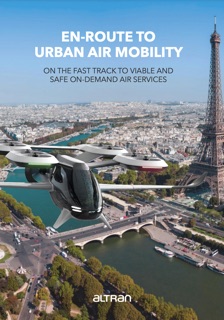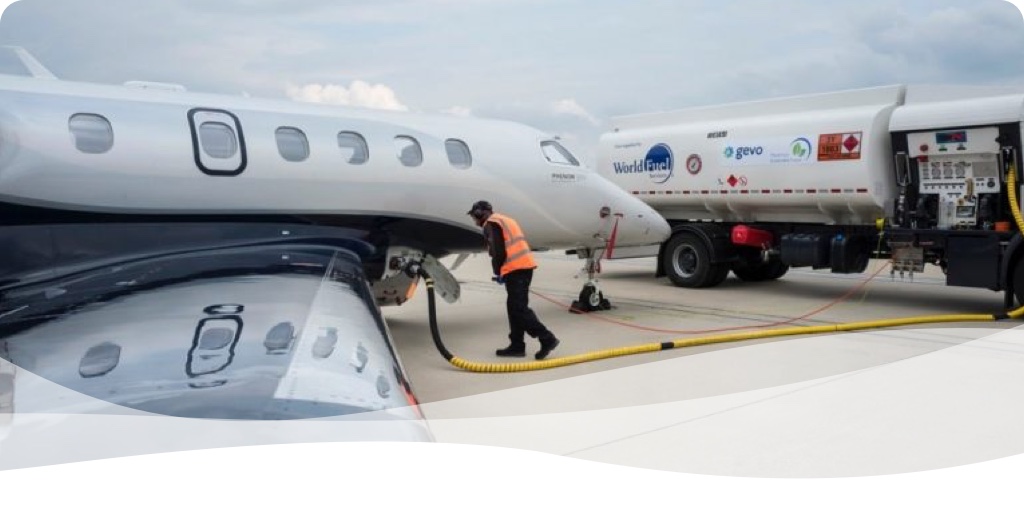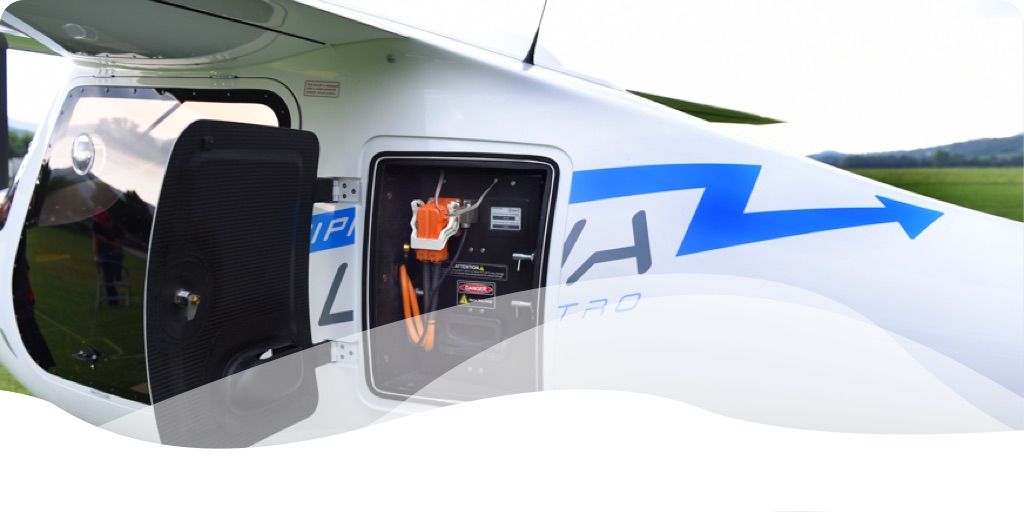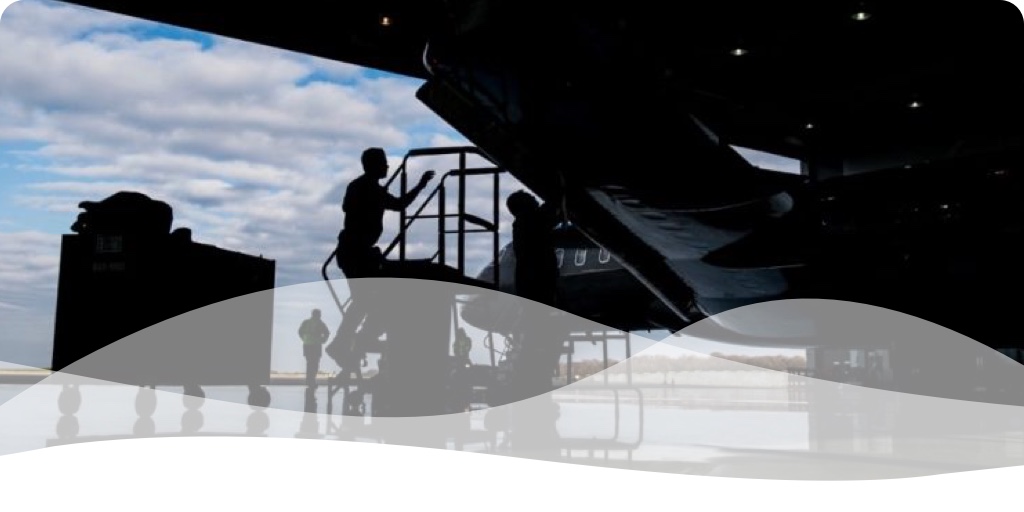There is currently a large set of terms used to identify the innovative and exciting generation of aircraft systems being developed by start-ups as well as established aircraft manufacturers in Europe and around the world:
Regional Air Mobility
Urban Air Mobility
electric Vertical Take-off and Landing
Electric Aircraft
Personal Air Vehicles
This revolution in aircraft design is largely enabled by advances in electric and hybrid-electric propulsion, battery technology, as well as automation, to enable low-emissions short-range air transport solutions for both people and cargo.
Why do we need Urban Air Mobility?
UAM is driven by five main factors:

67% of the world’s population will reside in urban areas by 2050
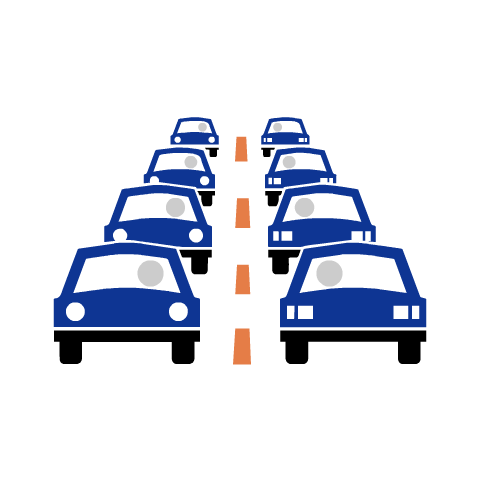
Heavy congestion of urban area impacts business productivity
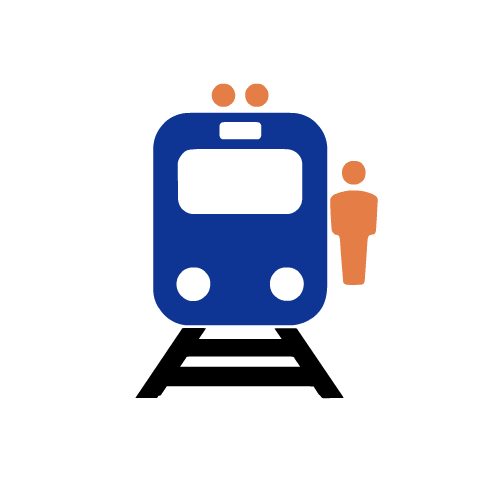
Empty airspace over large urban areas where ground transport systems are overcrowded
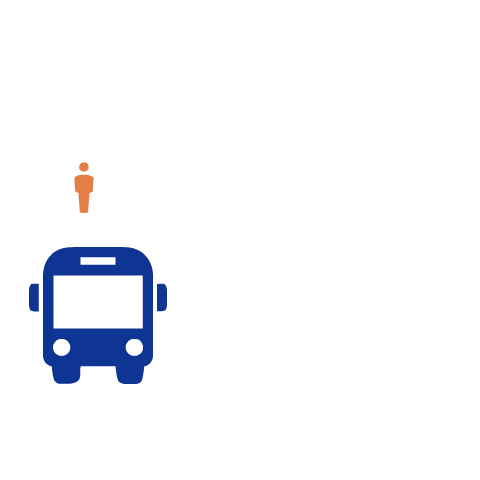
Population growth in cities is typically 3 times faster than capacity growth of public transport

New technologies enabling new forms of low-emissions, low noise aircraft

Point-to-point travel
Why do we need Regional Air Mobility?

Low infrastructure cost

Low operational cost

Point-to-point travel
160.000
The number of passengers transported by UAM operations is forecasted to grow rapidly to almost 160,000 by 2050
About 36% city taxi (on demand-flights between any available landing station)
About 35% airport shuttle (scheduled flight on defined routes between the airport and surrounding landing station)
29% intercity (scheduled flights on defined routes)
How will it work?
Aircraft developers, operators, infrastructure companies, regulators and many others are working to develop this new eco-system of air transportation. The timeframes for launching operations varies by company and by region, but it is expected by the mid-2020s that New Air Mobility operations will be launched in a range of cities and regions in Europe and elsewhere in world.
The vision is to allow these aircraft to operate as flying taxis – booked on demand, allowing passengers to travel across a city, e.g. from the centre to the airport, in only a few minutes for a cost not much greater than a regular taxi fare. The exact routes and costs will evolve as the technologies mature and operations and markets are tested, but this promises to revolutionise the mobility of European citizens.
eAircraft (Electric Aircraft)
There are literally hundreds of different aircraft designs being studied and tested around the world with very different forms to the aircraft we are used to seeing today. The new aircraft designs typically consist of a number of electrically driven propellers powered by either batteries, hybrid-electric motors or potentially hydrogen fuel cells. Some will take off and land vertically much like a helicopter, whereas others will take off more like a conventional aircraft but on a much shorter runway.
The aircraft are being designed to meet very stringent safety standards being set by regulators such as EASA to ensure that operations are safe with a range of protection systems.
eVTOL (electric Vertical Take-off and Landing)
In addition to the vehicles themselves, there are a range of other elements that are being actively developed to enable these new types of aircraft operation:
- The vehicle support & services
- The flight operation
- The Air Traffic Management, including U-Space
- The operation infrastructure such as Vertiports
- The passenger solution & services
Useful links and videos
Honeywell
You want to know more about new technology opportunities?
You want to know more about new technology opportunities?
Check these links below


